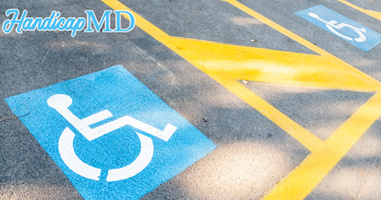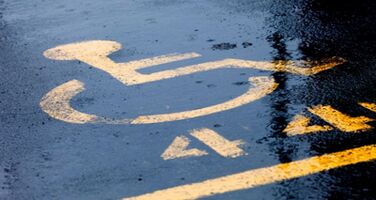
Myths vs. Facts: Debunking Common Misconceptions about Handicap Placards in Minnesota
Introduction
Unraveling the myths surrounding Handicap Placards in Minnesota is essential for a better understanding of the topic. In this informative article, we delve deep into the realm of Myths vs. Facts: Debunking Common Misconceptions about Handicap Placards in Minnesota. From legalities to practical usage, we leave no stone unturned to provide you with accurate, credible, and up-to-date information.
The Purpose of Handicap Placards
Handicap placards are not just for parking convenience; they serve a crucial purpose. These passes are issued to individuals with disabilities, allowing them easier access to facilities and services. Contrary to the myth that anyone can use them, only those with valid disabilities can possess and use handicap permits.
Differentiating between Types
There's often confusion regarding the various types of handicap placards in Minnesota. Understanding the differences is essential for proper usage. Regular passes are for individuals with temporary disabilities, while permanent passes are for those with long-term conditions. Each serves a unique purpose and is subject to specific regulations.
The Application Process
One common myth is that acquiring a disability pass is a complex and time-consuming process. In reality, the application process is straightforward. It involves filling out the necessary forms, providing medical documentation, and submitting the application to the Minnesota Department of Public Safety. The approval process is efficient, and once granted, passes are typically valid for a few years.
The Misuse of Placards
One unfortunate fact is the misuse of handicap placards. This not only diminishes the accessibility for those who genuinely need it but is also illegal. Law enforcement takes misuse seriously, and penalties for offenders can be severe, including fines and revocation of pass privileges.
Renewal and Replacement
Renewing or replacing a disability pass is often misunderstood. Renewal is required periodically, usually every few years, to ensure the holder's condition is still valid. Replacement may be necessary if a pass is lost or stolen. Both processes are relatively simple, requiring minimal documentation.
Out-of-State Placards
If you have an out-of-state disability pass and wonder if it's valid in Minnesota, the answer is generally yes. Minnesota recognizes passes from other states, but it's essential to adhere to MN's rules and regulations when parking in the state.
Frequently Asked Questions
Q: How long is a disability permit valid in MN?
A: Handicap permits are typically valid for a few years, depending on the specific circumstances of the disability.
Q: Can I use someone else's disability permit?
A: No, disability permits are non-transferable, and using someone else's placard is illegal.
Q: Are disability permits recognized in all states?
A: While many states recognize out-of-state permits, it's crucial to adhere to the rules of the state you are in.
Q: What are the penalties for misusing a disability permit?
A: Penalties for misuse can include fines, community service, and revocation of placard privileges.
Q: How do I renew my disability permit in MN?
A: The renewal process involves reapplying and providing updated medical documentation as necessary.
Q: Can I apply for a disability permit on behalf of a family member?
A: Yes, family members can apply on behalf of someone with a disability but must provide the required documentation.
Conclusion
Separating myths from facts about handicap placards in Minnesota is crucial for maintaining fairness, accessibility, and legality. Understanding the purpose, types, and application process, as well as the consequences of misuse, ensures that we respect the rights of those who rely on these placards for their daily lives. By staying informed, we can contribute to a more inclusive society.
.png)






